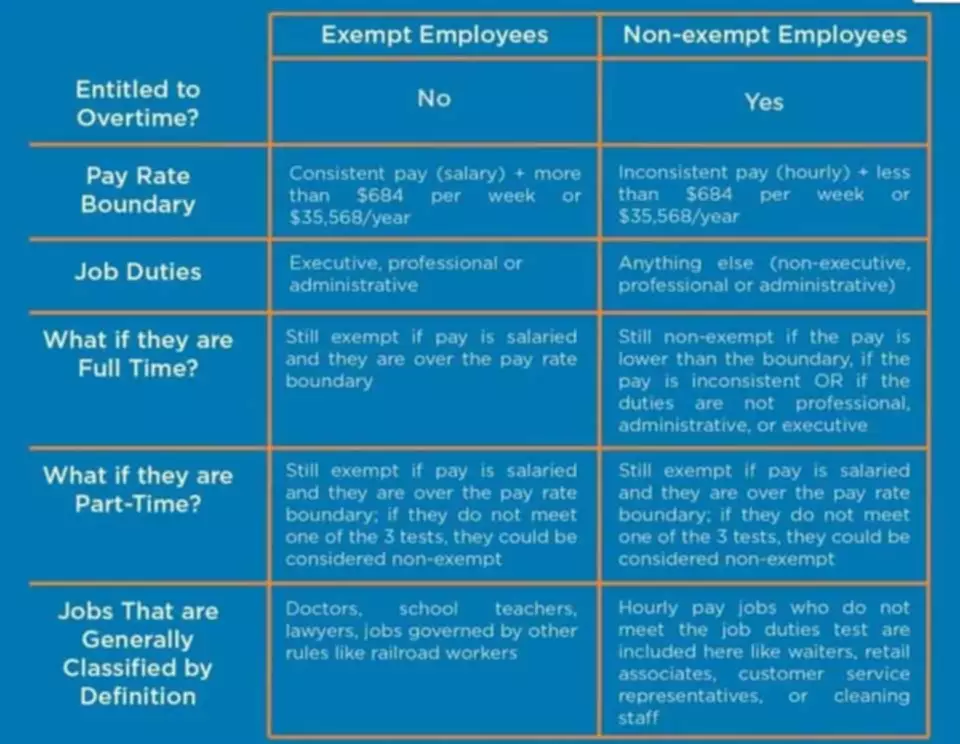Content

The Federal awarding agency may only use application information collections approved by OMB under the Paperwork Reduction Act of 1995 and OMB’s implementing regulations in 5 CFR part 1320 and in alignment with OMB-approved, governmentwide data elements available from the OMB-designated standards lead. Consistent with these requirements, OMB will authorize additional information collections only on a limited basis. The Federal awarding agency must comply with the guidelines on governmentwide suspension and debarment in 2 CFR part 180, and must require non-Federal entities to comply with these provisions.
- There is an exception for intangible assets purchased from another business.
- The Federal awarding agency must notify the public of Federal programs in the Federal Assistance Listings maintained by the General Services Administration .
- Purchased materials and supplies must be charged at their actual prices, net of applicable credits.
- The cost of training and education provided for employee development is allowable.
- Programs for which no current services or performance are required such as annuities, insurance claims, or other benefit payments.
- The federally negotiated indirect rate, distribution base, and rate type for a non-Federal entity (except for the Indian tribes or tribal organizations, as defined in the Indian Self Determination, Education and Assistance Act, 25 U.S.C. 450b) must be available publicly on an OMB-designated Federal website.
When using the https://www.bookstime.com/ principle, costs are verified by their entries on the books. These entries are normally accompanied by a document, like a receipt or an invoice. As such, the documentation required for the cost principle is easy to provide. Most accounting programs provide record keeping for this purpose specifically. Appreciation and depreciation are two financial principles that apply to all assets. However, using specific accounting techniques listed below, they can be taken into account. Liquid assets, like debt or equity investments, are exempt from the cost principle.
Adjusting Historical Costs
Payee Account Number , if the payment originated from PMS, or Agency information to indicate whom to credit the funding if the payment originated from ASAP, NSF, or another Federal agency payment system. Whenever possible, advance payments must be consolidated to cover anticipated cash needs for all Federal awards made by the Federal awarding agency to the recipient. The Federal awarding agency may require adequate fidelity bond coverage where the non-Federal entity lacks sufficient coverage to protect the Federal Government’s interest. Administrative requirements implemented by the Federal awarding agency as specified in this part. Any additional requirements must be promptly removed once the conditions that prompted them have been satisfied. The method for requesting reconsideration of the additional requirements imposed.

The historical cost principle requires that the cost of an asset be reported at its original or historic cost. If a piece of land was purchased for $100,000 fifty years ago, the historic cost principle requires the asset to be reported at $100,000 on the balance sheet, even if the fair market value of the land has appreciated to $1,000,000. If a piece of equipment was purchased for $200,000 twelve years ago, the historic cost principle requires the asset to be reported at $200,000 on the balance sheet. Depreciation will be accounted for in a separate line item, and then the book value of the asset will be reported. Any highly liquid assets you purchase should be recorded at fair market value rather than historical cost. Financial investments that your business makes should also be recorded at fair market value and adjusted after each accounting period to reflect the most current value. In the world of accounting, costs need to be verified so that books can be balanced.
Should My Business Be Using the Cost Principle?
If the Cost Principleee has not completed corrective action, a timetable for follow-up should be given. Prior to issuing the management decision, the Federal agency or pass-through entity may request additional information or documentation from the auditee, including a request for auditor assurance related to the documentation, as a way of mitigating disallowed costs. The management decision should describe any appeal process available to the auditee.
See subsection B.1 for a discussion of the components of indirect (F&A) costs. This section must identify the usual administrative and national policy requirements the Federal awarding agency’s Federal awards may include. Providing this information lets a potential applicant identify any requirements with which it would have difficulty complying if its application is successful. In those cases, early notification about the requirements allows the potential applicant to decide not to apply or to take needed actions before receiving the Federal award. The announcement need not include all of the terms and conditions of the Federal award, but may refer to a document or Internet site where applicants can see the terms and conditions. If this funding opportunity will lead to Federal awards with some special terms and conditions that differ from the Federal awarding agency’s usual (sometimes called “general”) terms and conditions, this section should highlight those special terms and conditions. Doing so will alert applicants that have received Federal awards from the Federal awarding agency previously and might not otherwise expect different terms and conditions.
